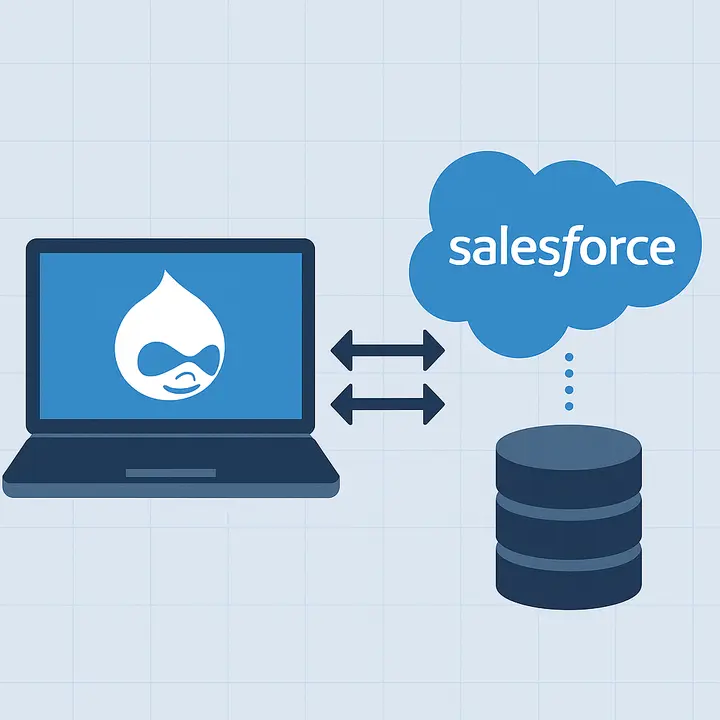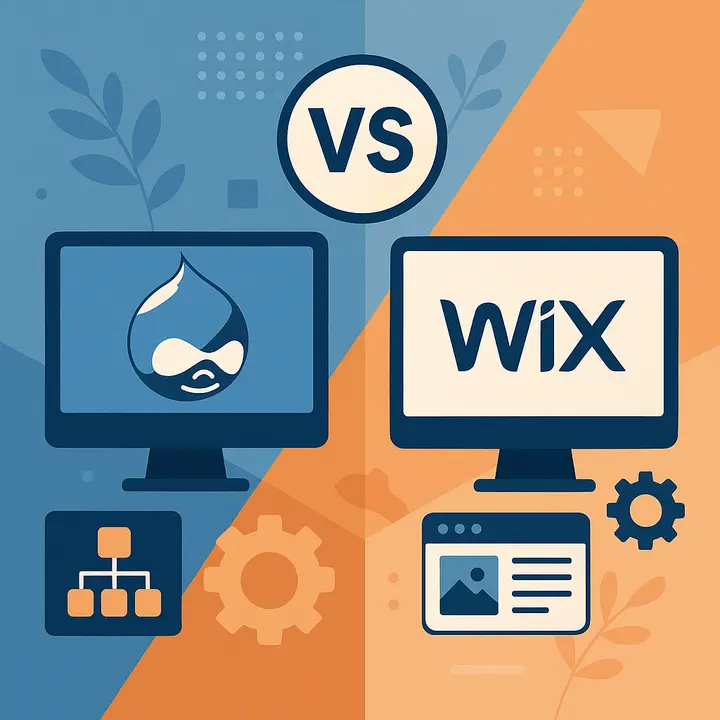Why You Need to Migrate Your Website from Drupal 7 to Drupal 10?
Drupal 7's official end-of-life was on 5 January 2025. End-of-Life (EOL) means that the Drupal community no longer supports this version, in particular release core, security, and modules updates, as well as bug fixes or new features for Drupal 7. Thus, the websites that will be still operating on Drupal 7 after its official end-of-life will become more vulnerable to cyber threats and face increased security risks. In addition, such platforms may encounter compatibility issues when integrating newer versions of web technologies and services. All of the above will affect the functionality and user experience, resulting in poor sales, an increase in bounce rates, and a loss of potential customers.
Now is the high time to think about the future of your business and migrate your website from Drupal 7 to Drupal 10 before the functionality becomes outdated and vulnerable. Migrating to Drupal 10 is crucial for retaining the security, performance, and compatibility of your platform.
Why to Update a Website to Drupal 10 Version?
With Drupal 11 official release, D8 and 9 have already become unsupported. This is dedicated to the end-of-life of Symfony 4 and CKEditor 4 — software used in those Drupal versions. Thus, there is an urgent need for website owners to update their platforms to the latest D10 version. By updating your site to the latest Drupal version, you not only secure it but also enhance content management and user experience.
Key reasons to update from Drupal 9 to Drupal 10:
- D9 no longer offers security updates;
- D9 no longer offers core updates;
- Contributed modules no longer release fixes for D9.





